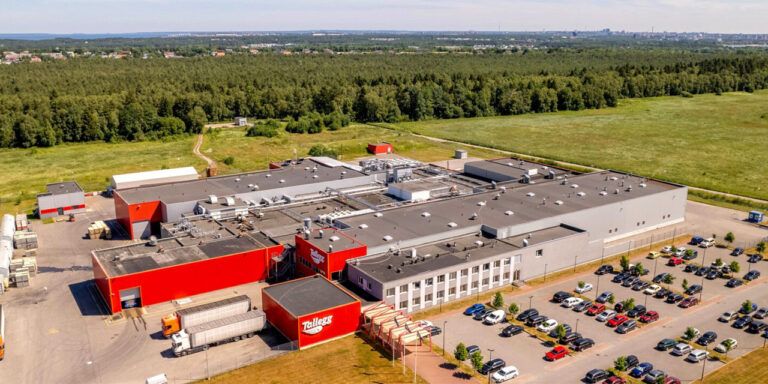New supply chain technology enables retailers to reduce food waste
Nov 10, 2021 • 3 min
It’s not a revelation to say that food waste is a serious problem that can only be solved through a combination of both individual and collective efforts. In particular, today’s grocery retailers have an opportunity to reduce their carbon footprints, cut food waste and increase their profitability when they actively commit to making a positive global impact. While grocers don’t share a great deal of data on their food waste, our research suggests that North American retailers are losing, on average, more than $70 million to waste each year (and up to several hundred millions for the biggest retailers).
Although some grocers have made great strides with their initiatives to decrease the amount of food sent to landfills, the industry as a whole can do far more to prevent waste from happening in the first place. Grocery retailers need to get serious about reducing food waste not only in each local store but also across the entire supply chain. By investing in modern supply chain planning and optimization technology, grocery retailers can improve their profitability and their sustainability at the same time.
Accurate demand forecasts are essential to making the right amount of stock available in the right place at the right time. Today’s supply chain planning solutions increase forecast accuracy by using machine learning to capture the impact of hundreds of demand-influencing factors like seasons, holidays, local events, pricing, promotions and cannibalization at the store, product and day (or intraday) level. These accurate and granular forecasts help retailers optimize each store order to balance high availability with low risk of waste. Advanced supply chain planning solutions automatically factor in things like demand and demand uncertainty, product shelf life, sales margins and availability of substitute products to optimize store orders for maximum profitability.
Additionally, advanced software can help reduce food waste upstream in retail supply chains. When retailers connect stores, distribution centers and suppliers through technology, they are able to remove a lot of guesswork from the supply chain. Instead of requiring distribution planners to estimate when and what stores will order, a modern supply chain planning solution provides automatic visibility into future store orders, enabling distribution centers to achieve better service levels with higher inventory turnover. In the same way, visibility into future purchase orders can automatically be made available to suppliers to make sure that their supply will match future demand.
Modern supply chain planning solutions can also keep track of the expiration date of every single batch in stock. When this functionality is combined with accurate demand forecasting, the system can spot the risk of overstock much earlier—before the goods are expiring. Retailers can then react to these early warnings either by pushing stock through their supply chains more quickly, often with the aid of markdowns, or making charitable donations while the products still have appropriate shelf-life left.
And the result of putting this technology in place? In our experience, retailers have been able to reduce food waste by 10-40% while maintaining, or even improving, on-shelf availability and perishable freshness.
A technologically advanced supply management solution has further benefits as well. It can drive fresher product (a clear competitive advantage), higher operational efficiency (a benefit for retailers whose costs are increasing across the board) and the ability to free up capital from inventory (enabling further investments in sustainability). The savings from food waste reduction are so significant that they more than cover the cost of the technology.
A strategic investment in state-of-the-art supply chain technology is a critical initiative for today’s grocery retailers that results in benefits not only for the business but also for people and planet alike. Rather than focusing on the initial cost of improving supply chain processes, grocery retailers need to step back and look at the bigger picture. With a high return on investment, a modern software solution is a true win-win for grocery retailers who can reduce food waste while also maintaining their profitability and customer service levels.



